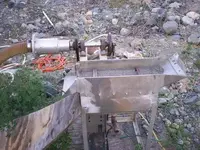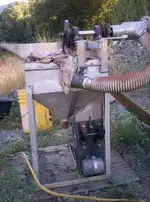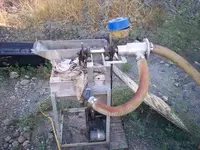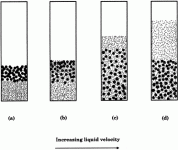nickmarch
Hero Member
- Joined
- May 30, 2009
- Messages
- 561
- Reaction score
- 50
- Golden Thread
- 0
- Primary Interest:
- All Treasure Hunting
- #1
Thread Owner
Most here are familiar with fluidized beds used with water but most fluidized beds use air.
Being that I almost always think out of the box I'm thinking a fb with air could be used in arid locations.
I'll search youtube & post some videos. In the mean time... any thoughts or comments?
Being that I almost always think out of the box I'm thinking a fb with air could be used in arid locations.
I'll search youtube & post some videos. In the mean time... any thoughts or comments?









